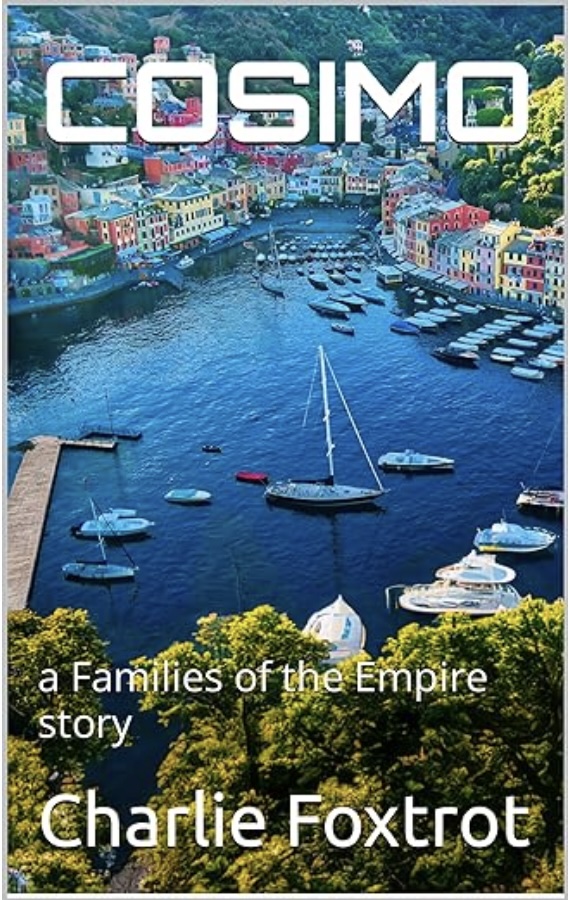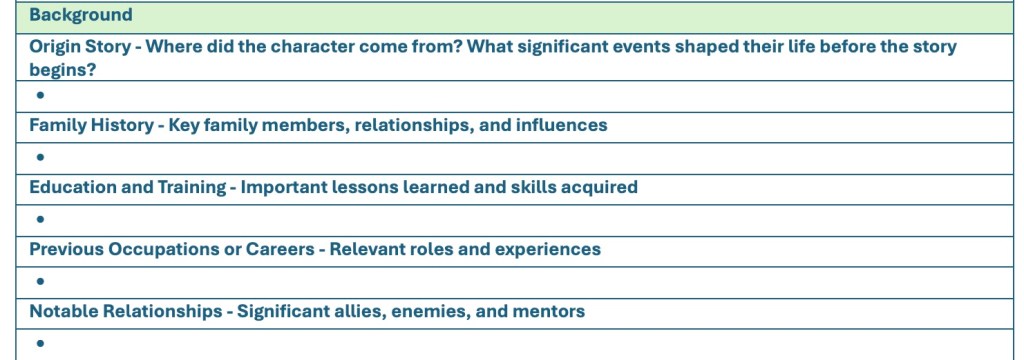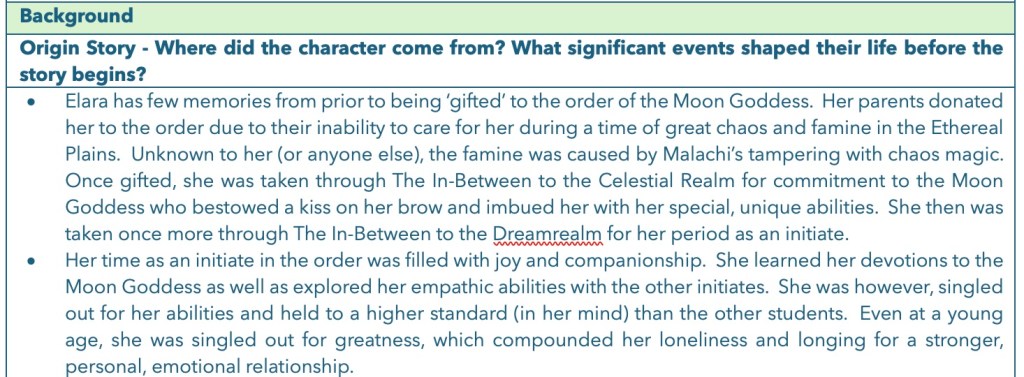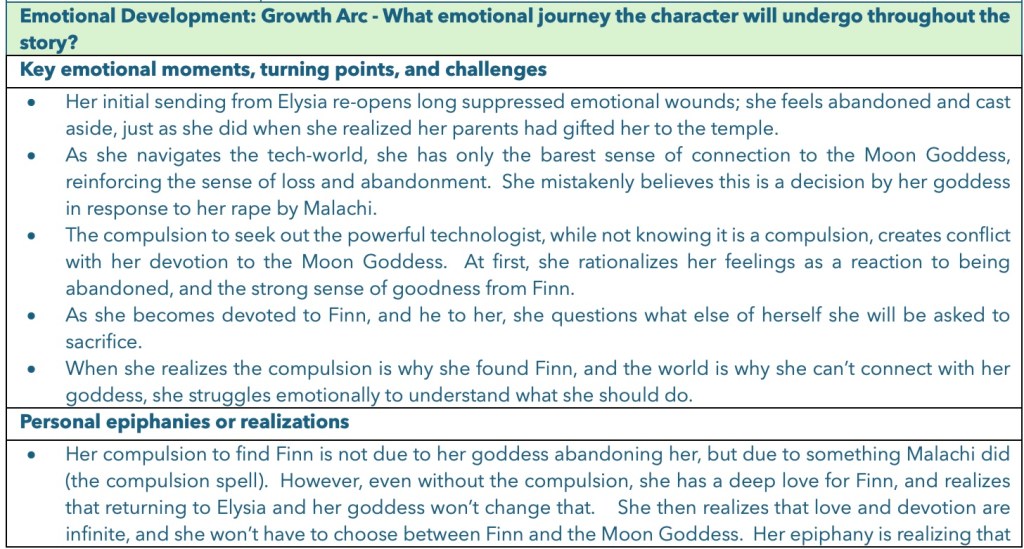Continuing my series on world building, let’s look at the politics and economics of our world. In prior posts, I discussed Cosmology and Mythology and Laws, Ethics, and Morality. These two aspects will have a significant impact on the politics and economies of your world.
Which came first?
Economics and politics go hand-in-glove, even if we don’t think about that as we’re writing a story. They are often a “chicken and egg” problem. A political structure is often rooted in economics, and economics often shape political thought as well.
Let’s take a look at the rise of monarchy and the consequent development of trade.
1. Monarchies Establish Stability:
Monarchies provided a stable political environment for trade to flourish by creating predictable, centralized authority structures. This stability was crucial for merchants and traders, as it allowed them to establish long-term business relationships and navigate complex regional economies with confidence.
2. Monarchs Promote Trade:
Monarchs recognized the economic benefits of trade and actively promoted it through various means. For example, they granted monopolies or charters to trading companies, established trade routes and infrastructure, and imposed protective tariffs to encourage local industries. Monarchs also used trade as a tool for diplomacy, establishing alliances and partnerships with other countries through favorable trade agreements.
3. Monarchies Facilitate Long-Distance Trade:
Monarchs played a significant role in facilitating long-distance trade by maintaining stable political environments, investing in infrastructure like roads and ports, and providing military protection for traders. For instance, the Roman Empire’s Pax Romana (Roman Peace) enabled extensive trade networks throughout Europe, North Africa, and the Middle East, contributing to its economic prosperity.
4. Monarchies Influence Economic Systems:
Monarchies influenced the development of various economic systems, including mercantilism and colonialism. Mercantilism, which emphasized the export of goods and the accumulation of wealth within a nation, was promoted by monarchs who saw trade as a means to strengthen their respective economies and build national power. Colonialism, in turn, allowed European powers to establish trading outposts in distant lands, expanding their economic reach and dominance.
5. Monarchies Spur Technological Innovations:
The prosperity derived from trade under monarchic rule led to technological innovations that further boosted economic growth. For instance, the development of efficient shipping technology, such as the caravel, allowed European explorers to navigate longer distances and reach new trading territories. In turn, these discoveries opened up new markets and resources, leading to increased trade and wealth accumulation.
Monarchies often derived their initial power base from “Divine Right”, which in a story would flow from the world’s mythology, ethics, and morality.
Another Example
The Islamic Caliphate, which emerged after the death of Prophet Muhammad in 632 CE, played a significant role in fostering economic growth and development through its political structure, cultural values, and religious beliefs. Let’s explore how this unique political entity influenced trade and economic progression during the Middle Ages.
1. Establishing a Stable Political Environment:
The Islamic Caliphate provided a stable political environment for economic development by establishing a centralized government that allowed merchants and traders to operate with confidence. This stability was crucial because it enabled long-term business relationships and facilitated the growth of trading networks across vast territories, including the Mediterranean, Europe, India, and China.
2. Promoting Trade through Religious and Cultural Values:
Islam’s emphasis on charity, trade, and education created a supportive environment for economic growth. The Islamic faith encouraged merchants to engage in business activities as a means of earning a livelihood and contributing to society. This moral support, along with the vast geographical reach of the Islamic Empire, facilitated the expansion of trading networks and the exchange of goods, ideas, and knowledge between diverse cultures.
3. Developing Infrastructure for Trade:
The Islamic Caliphate invested heavily in infrastructure to facilitate trade, such as building roads, ports, and caravan routes. For example, the famous Silk Road connected Europe and Asia through the Middle East, enabling the exchange of goods like silk, spices, precious metals, and knowledge between distant regions. This extensive trading network fostered economic growth and cultural exchange, laying the groundwork for future globalization.
4. Encouraging Technological Innovations:
The Islamic Caliphate’s focus on education and knowledge dissemination contributed to technological innovations that boosted economic development. For instance, advancements in mathematics, astronomy, and engineering led to improvements in navigation technology, making long-distance trade more efficient and profitable. Additionally, the widespread use of paper money facilitated large transactions and simplified international trade.
5. Encouraging Intellectual Exchange:
The Islamic Caliphate’s emphasis on education and intellectual exchange created a vibrant cultural milieu that attracted scholars, scientists, and artists from various backgrounds. This influx of diverse perspectives led to significant advancements in numerous fields, including science, mathematics, philosophy, literature, and art. These discoveries not only enriched the Islamic world but also influenced European thought and knowledge during the Middle Ages and beyond.
While this example would have very different cultural norms and dramatically different politics, you can see the similarities into what the political structure did for economic growth.
Common Political Themes
In each of these examples, the first goal of the political structure was stability. This is is a great starting point for exploring your world. Why did the people seek stability? What was the instability before? You can start applying the Five Why’s to this line of thinking and quickly build out a rich history for the political structure.
As you think through this background about why your character’s world sought stability and how the power structures evolved to give them that stability, you will want to add thoughts and details to the rise of governments (monarchy, democracy, oligarchy), defining power dynamics and authority figures, and establishing relationships between different political entities. These political dimensions will create opportunities for conflict and tension in your story. They may be the primary focus of some characters.
Let’s look at an example. Lord Kalvan of Otherwhen is an interesting adventure that weaves multiple political structures into a single narrative. The story revolves around Corporal Calvin, a Pennsylvania State Trooper who is whisked away to an alternate Earth. This alternate North America is split up into a number of kingdoms, each composed of small principalities, with a level of technology roughly equivalent to that of the late European renaissance.
The political structures in the book deal with both a feudalistic society dominated by a religious order built on the secret of how to make gunpowder, and the futuristic society trying to maintain the secret of dimensional travel between alternative worlds. The two extreme technological realms provide interesting contrasts to keep readers engaged, and that the same time present a lot of conflict for the main characters to resolve.
Without giving away the whole story, Calvin becomes a political force since he knows how to make gunpowder, which has a significant religious and economic impact on the world he finds himself in. His efforts are focused on stability for the kingdom he lands in driven firstly by need for survival, and then working to stabilize the fortunes of the kingdom and its neighbors in the face of an oppressive religious order who desperately seeks to cling to its own power.
Economic Impacts
Every world needs some thought applied to its economy. Even the Elves of Mirkwood in Tolkien’s Hobbit had at least a passing reference to economics, otherwise how would the escape from the dungeons in barrels be possible?
“It’s the economy, stupid!” is an essential reminder that every fictional world needs a well-thought-out economic system to ensure believability and depth. Economics plays a significant role in shaping the social fabric, political structures, and daily lives of characters within your story. We’ll dig into building an economy in the next post.
Follow me on Amazon, GoodReads, or Facebook to get information about upcoming book releases.






























